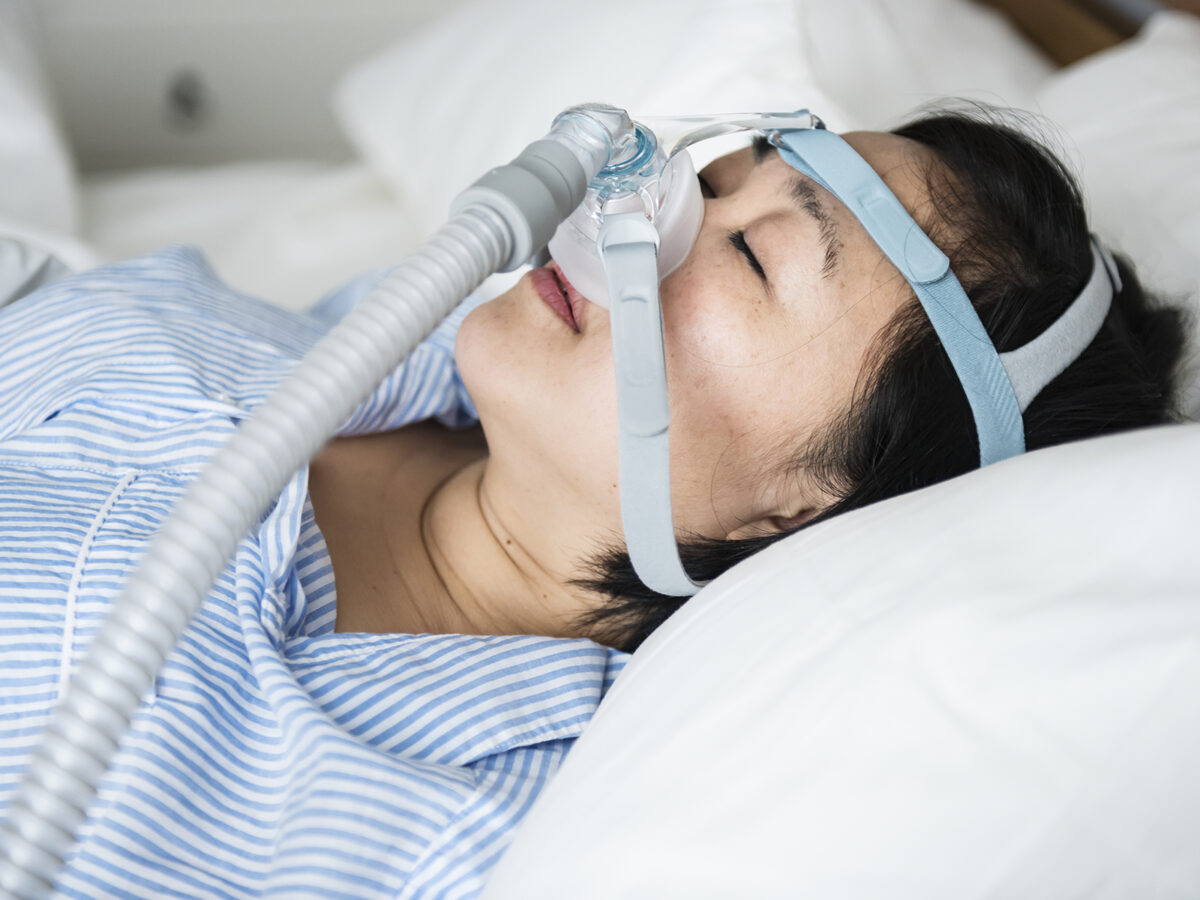Blog
Dental hygiene tips for healthy teeth & gums

How Can A Dentist Treat Sleep Apnea?
A person with sleep apnea experiences breathing pauses that last longer than 10 seconds and happens as frequently as 30 times per hour while asleep. Even after a full night of sleep, this might cause excessive daytime sleepiness.
What is sleep apnea?
A significant sleep problem called sleep apnea is characterized by breathing pauses while you’re asleep. Breathing pauses can occur repeatedly in those with untreated sleep apnea, possibly hundreds of times in a single night. Obstructive sleep apnea (OSA), which is the most prevalent type, is one of three types of sleep apnea. OSA happens when the upper airway is partially or completely closed while you sleep. As a result, the diaphragm and chest muscles have to work harder to open the airway, which can reduce the amount of oxygen reaching the body’s important organs, obstruct restful sleep, or even result in an irregular heartbeat. Frequently, breathing resumes with a loud gasp or jolt of the body.
Here are a few ways a dentist can treat you
Dental sleep medicine
Dental sleep medicine, which uses mouth appliances to treat snoring and obstructive sleep apnea (OSA), enables dentists to deal with this problem. When the muscles in the throat relax, the tongue and surrounding tissues block the airway, resulting in OSA. A dentist’s oral appliance therapy can aid in maintaining an open airway while you sleep.
Mandibular advancement devices
Mandibular advancement devices, which look like mouthguards and move the lower jaw forward, are the oral appliances most frequently used to treat sleep apnea. The muscles that collapse during apneas tighten up as a result, making them less prone to collapse. The airway can become stronger and more stable with continued use of these devices, potentially lowering or eradicating apneas. Some tools can be adjusted to accommodate different jaw placement needs. To assess if a patient is a good candidate for mandibular advancement devices, dentists examine the patient’s teeth, mouth, and temporomandibular joints. If so, they develop models of the patient’s teeth to make dental appliances that fit them properly because improperly fitted devices can harm the jaw. To control the symptoms of their sleep apnea, patients wear these devices at night.
Tongue retaining devices
A wider range of patients can employ tongue-retaining devices despite their less widespread use. These oral devices maintain the tongue’s forward position, which aids in maintaining an open airway. Dentists work closely with their patients to make sure that mouth appliances effectively lessen the symptoms of sleep apnea. Even though it could take a few days to get used to these gadgets, continual use and routine monitoring can produce the best outcomes.
Effects of sleep apnea
Diabetes, hypertension, stroke, arrhythmias, congestive heart failure, and cardiomyopathy (enlargement of the heart’s muscular tissue) can all develop as a result of untreated obstructive sleep apnea. Additionally, it might result in work-related mishaps, job impairment, car accidents, academic underachievement in kids and teenagers, and more.
How do dentists play an important part?
Dentists play a crucial part in combating the rising hazard of sleep apnea and other respiratory diseases associated with sleep. According to the American Dental Association (ADA), dentists can help diagnose patients with these conditions by gathering a thorough medical history and spotting any signs that might call for a doctor’s referral. Dentists with training in dental sleep medicine can assess a patient’s potential benefit from an oral device following a physical examination, diagnosis, and sleep test. The dentist must deliver proper oral appliance and ensure it suits the patient. To monitor development and guarantee the patient receives the best possible care, the dentist will keep in touch with the doctor.


